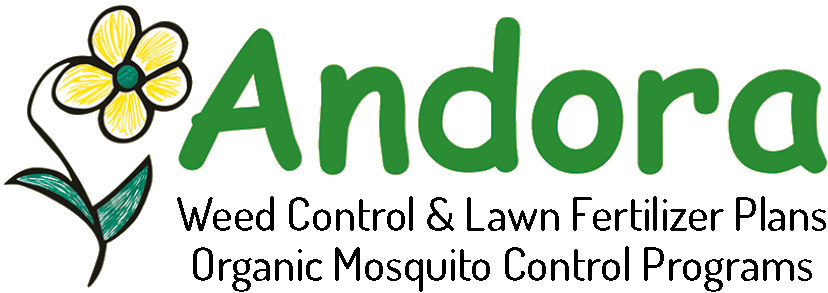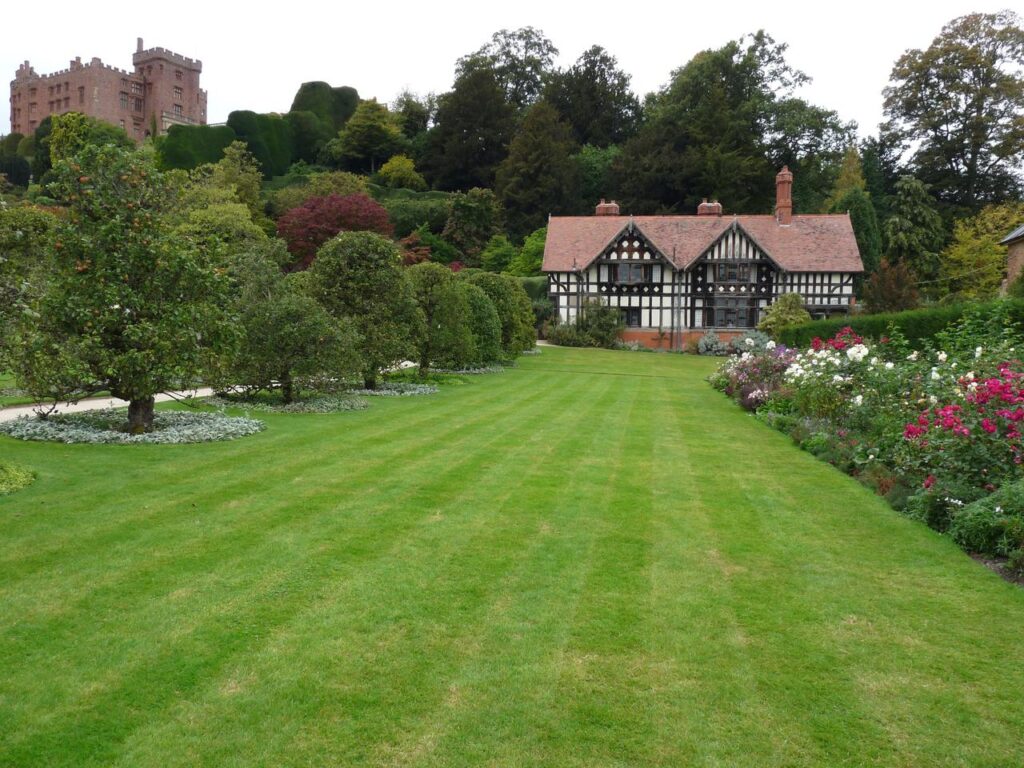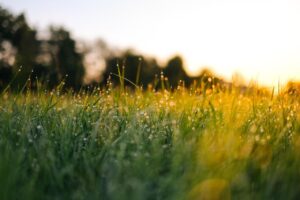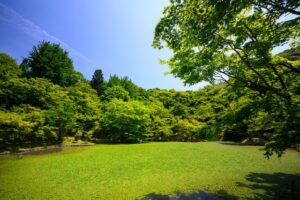A deteriorating lawn can ruin the atmosphere of your home. When you leave or arrive home from work, it sets the tone. If your lawn is patchy and infested with weeds, insects, or disease, there are treatments available to redeliver it to its former, lush glory. Here’s everything you need to know about lawn rehabilitation and how it can help you:
Do I need lawn rehabilitation?
Determining if you need a lawn renovation is essential to understanding what it entails. It’s important to consider that grass is incredibly resilient.
Grass can often recover by itself if it doesn’t suffer from disease and insects for prolonged periods. Still, occasionally, you will observe areas of your lawn that cannot recover alone. In these circumstances, you need to intervene.
If your lawn is experiencing issues like poor topsoil, excessive thatch, or heavy infestations of disease, insects, or weeds, you need lawn rehabilitation. A good rule of thumb when determining if you need lawn renovations is to assess the damage.
If more than 25% of it needs repairs, it likely requires lawn renovation. Still, before you conduct any treatments, we strongly advise investigating the root cause of the damage to understand the best course of action.
What is lawn rehabilitation?
Lawn rehabilitation includes a range of treatments, and determining which treatments to apply depends on the condition of your lawn. If the severity of damage is considerable, it may require extensive treatment. Here are the two most common lawn renovation treatments.
Core aeration and overseeding
Core aeration and overseeding are critical services to apply to your lawn for renovation. In combination with overseeding, core aeration slowly feeds nutrients to newly germinated seeds.
Core aeration breaks down excess thatch, minimizes soil compaction, and opens the soil to maximize seed-to-soil contact. During this process, a machine called a core aerator removes small cores from the soil and leaves them there to break down and slowly return back into the earth.
These plugs enable more water, oxygen, and nutrients to reach the lawn’s root zone, where they are most essential. Overseeding simultaneously makes the seeds fall into the plugs and achieve optimum seed-to-soil contact, enabling your lawn to regrow thick and healthy.
For the best results, we recommend adding topsoil to your aerated lawn. Topsoil is a thin layer of compost and soil that optimizes soil conditions and generates a more resilient and healthy lawn.
Power seeding
For severe conditions, core aeration and overseeding may be insufficient. In these situations, we recommend power seeding, also called ‘slit seeding’ or ‘slice seeding.’
People often apply this aggressive treatment to golf courses. Power seeding involves using machinery that cuts long slits into the soil to plant seeds, similar to rows of crops. Experts then drop seeds directly into the slits, which maximizes seed-to-soil contact.
We recommend using this treatment only to fill bare spots in conjunction with applying core aeration and overseeding to the rest. This type of seeding is intense, can ruin the healthy parts of your lawn, and works best when starting from scratch.
Book an appointment now to learn how we can rejuvenate your lawn
If your lawn looks worse for wear and is not recovering on its own, you need professional lawn rehabilitation services in the Larchmont, NY, area. To restore your lawn and revitalize your outdoor space, at Andora Lawn Care, we are an unrivaled full-service lawn care provider that understands what your lawn and outdoor space mean to your home and comfort. We serve clients within our cherished community, and our passion is giving back to the neighbors who enrich our daily lives through personalized, attentive services. Schedule an appointment now for a custom quote!



